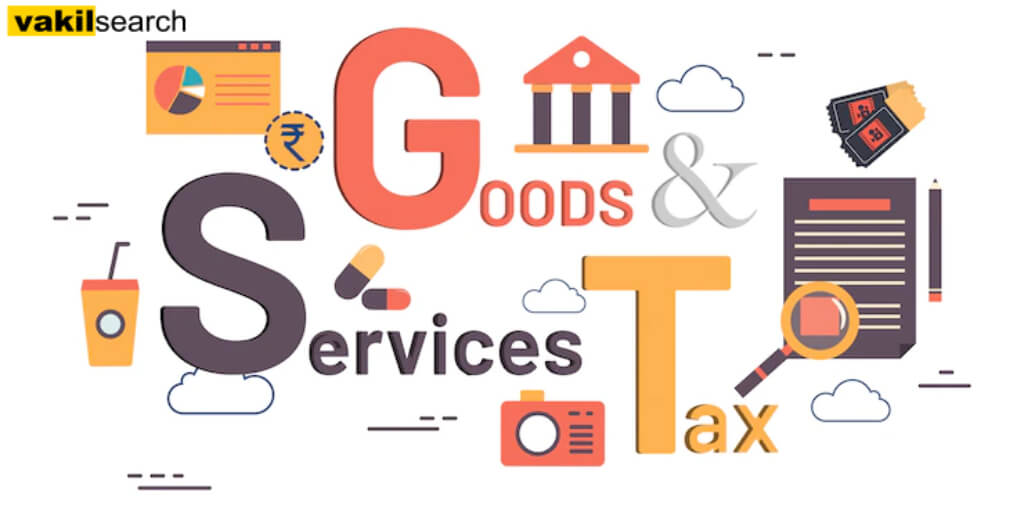Uncover the latest GST changes in the transport sector. Navigate updates shaping taxation policies for a more informed transportation landscape.
The 47th Goods and Services Tax (GST) Council has eased the burden on the transport sector, reducing tax rates. For transport services, GST on ropeways, goods carriage rental (including fuel costs), and foreign components in tour packages is slashed from 18% to 5%. Goods transported by road will now incur either a 5% GST without tax credit or 12% with tax credit. The revised GST regulations will be effective from January 1, 2023.
Overview of GST Changes Related To the Transport Sector
The Goods and Services Tax (GST) has undergone several changes impacting the transport sector in India. Here’s a summary of the key updates:
Changes Implemented in January 2023:
- Goods Transport:
- GST rate on transportation of goods by road lowered to 5% without the availability of input tax credit (ITC) or 12% with ITC. This aimed to simplify the tax regime and reduce the compliance burden for small transporters.
- Goods Transport Agencies (GTAs) were given the option to pay GST under either the forward charge mechanism (paying GST themselves) or the reverse charge mechanism (the recipient pays GST). This provided flexibility for GTAs based on their business needs.
- Passenger Transport:
- GST rate on ropeways and renting of goods carriages (including fuel cost) reduced to 5%.
- Foreign components of tour packages are exempted from GST.
Changes Implemented in July 2023:
- Relaxation for GTAs: GTAs wishing to pay GST on a forward charge basis were provided relaxation from the mandatory registration requirement if their annual turnover was less than Rs. 40 lakhs.
Overall Impact:
These changes aimed to:
- Reduce the tax burden on the transport sector: Lower GST rates and the option for GTAs to choose the payment mechanism were expected to make transportation services more affordable.
- Improve compliance: Simplified tax structure and relaxation for small GTAs were intended to encourage compliance within the sector.
- Boost tourism: Reduced GST on ropeways and tour packages was expected to attract more tourists.
However, some challenges remain:
- Uncertainty in ITC availability: The lack of clarity on ITC availability for the 5% GST rate on goods transport creates confusion for businesses.
- Implementation challenges: The complexities of the reverse charge mechanism and the new forward charge option for GTAs can be challenging for some businesses to implement.
Future Outlook:
The GST Council is expected to continue reviewing and making changes to the tax regime for the transport sector to address these challenges and further streamline the system.
Changes related to GST on Transport Sector (GTA)
Here’s a breakdown of the key changes related to GST on the transport sector, specifically focusing on Goods Transport Agencies (GTAs):
- Classification of GTA services under 9965
- Previously: There was confusion regarding whether to classify GTA services under HSN 9965 or 9967.
- Change: To streamline classification, GTA services are now mandatorily classified under SAC 9965.
- Support services in transport are classified under SAC 9967.
- Key takeaway: GTA services now have a clear and distinct classification under 9965, ensuring accurate tax reporting.
- Withdrawal of Exemption in case of GTA Services
- Previously: GTA services were exempt from GST under certain conditions.
- Change: This exemption has been withdrawn to create a more uniform tax structure.
- Key takeaway: GTAs now need to pay GST on their services, regardless of the nature of the recipient.
- New GST Rate on Ropeways
- Previous GST rate: 18%
- New GST rate: 5%
- Key takeaway: Lower GST rates on ropeways can make them more affordable and encourage their use for transportation and tourism.
- New GST Rate for Renting of Goods Carriage
- Previous GST rate: 18%, including fuel costs
- New GST rate: 12%, including fuel costs
- Key takeaway: This reduction in the GST rate can make goods transportation more cost-effective, potentially benefiting businesses and consumers.
Exemption of the Foreign Component of the Tour Package from GST
- Key Point: The foreign component of tour packages, such as hotel stays, transportation, and sightseeing expenses incurred outside India, is now exempt from GST. This makes international travel more affordable for Indian tourists.
- Important Exception: For tours that include both India and neighboring countries like Nepal or Bhutan, GST still applies to the entire tour package price.
Earlier GST Rate for Transport of Goods
- Previously: The GST rate for goods transport by road was 12% with the option to claim input tax credit (ITC).
Changes in GST for Transport of Goods – 47th GST Council
- New Options for Goods Transport Agencies (GTAs):
- GTAs can now choose between:
- Paying GST at 5% without ITC
- Paying GST at 12% with ITC
- Paying GST under reverse charge mechanism at 5%
- Rationalization of Rates for Goods Transport by Road:
- The rate has been simplified to:
- 5% without ITC
- 12% with ITC
- Exemption for Ropeways:
- Ropeways now attract a lower GST rate of 5%.
- Reduced Rate for Renting of Goods Carriages:
- The GST rate, including fuel costs, has been reduced to 12%.
Changes Applicable to GTA paying GST under Forward Charge
Here’s a breakdown of the key changes applicable to Goods Transport Agencies (GTAs) who opt to pay GST under the forward charge mechanism:
- Option to Pay GST @ 5% under Forward Charge (Without ITC)
- GTAs have been granted the option to pay GST at a lower rate of 5% under the forward charge mechanism.
- However, this option comes with a trade-off: GTAs who choose this route cannot claim input tax credit (ITC) on their purchases.
- Declaration by GTA for Opting for Forward Charge
- GTAs who wish to avail of the 5% GST rate under forward charge must make a declaration to this effect.
- This declaration must be filed on Annexure V on the GST portal before the start of the financial year in which they intend to exercise this option.
- Once opted, the choice to pay GST under forward charge at 5% cannot be changed during the financial year.
- Mandatory Declaration in Invoice
- GTAs who have opted for the 5% GST rate under forward charge must mandatorily include a declaration in their tax invoices.
- The declaration must state that they are registered under GST and have opted to pay GST under forward charge at 5% without ITC, as per Annexure III of the notification.
- This declaration ensures transparency and clarity for the recipient of the services regarding the applicable GST rate.
- This declaration ensures transparency and clarity for the recipient of the services regarding the applicable GST rate.
Format of Form for Exercising Option by a Goods Transport Agency (GTA) for Payment of GST Under Forward Charge
The format of the form is known as Annexure V. Here’s a summary of the key details it includes:
- GSTIN of the GTA
- Financial Year for which the option is being exercised
- Rate of tax opted for (5% without ITC or 12% with ITC)
- Declaration that the GTA is aware of the provisions and consequences of opting for forward charge
- Date and signature of the authorized signatory
This form can be accessed and filed online on the GST portal.
Other Announcements for Small Taxpayers
While I don’t have specific information on other announcements for small taxpayers in this context, I can highlight some general measures that have been taken to ease compliance for small businesses under GST:
- Quarterly filing of returns for small taxpayers: Small businesses with annual turnover up to ₹5 crores can file GST returns quarterly instead of monthly.
- Composition scheme: Eligible small businesses can opt for a simplified composition scheme, paying a fixed GST rate on their turnover, reducing compliance burden.
- Increased threshold for annual turnover: The threshold for mandatory GST online registration has been increased to ₹40 lakhs for goods and ₹20 lakhs for services.
Conclusion
The GST Council has introduced several changes aimed at simplifying compliance and reducing the tax burden on the transport sector, particularly for small transporters and GTAs. Key measures include:
- Rationalization of GST rates for goods transport by road
- Flexibility for GTAs to choose between forward charge and reverse charge mechanisms
- Exemption for the foreign component of tour packages
- Lower GST rates for ropeways and renting of goods carriages
- Simplified compliance options for small taxpayers
These changes are expected to boost efficiency, reduce costs, and encourage growth in the transport sector. It’s crucial for businesses to stay updated on the latest GST provisions and make informed decisions to optimize their tax liabilities and compliance processes.










